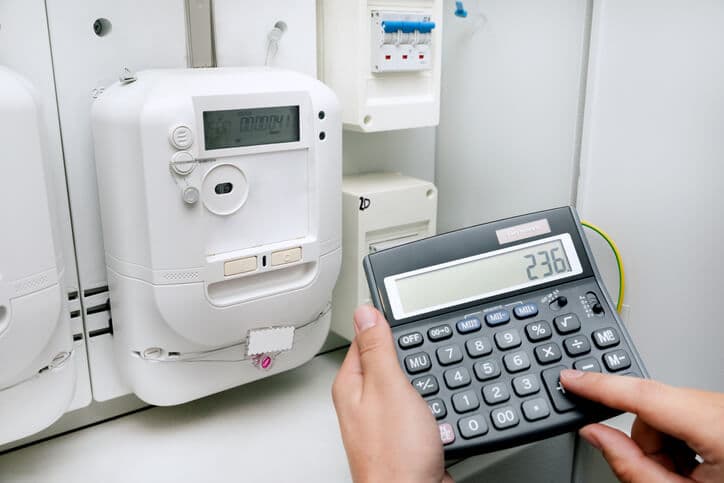
simpson33/iStock/Getty images
Energy Usage Calculator
Learn how to calculate your energy consumption.Written by Dominique Sabins
Edited by Jamie Cesanek
Last updated March 17, 2025
Why trust SaveOnEnergy?
Learn MoreAt SaveOnEnergy, we work to offer accurate information with editorial integrity.Our partners do not direct our editorial content, though we may reference their products in our posts. Read more about how we make money.